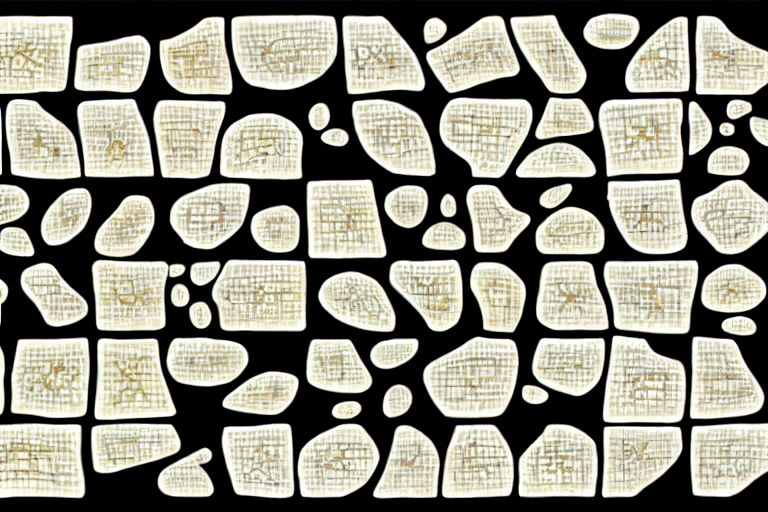The Mathematical Concepts That Make the Universe a Fascinating Place to Explore
The Fascinating World of Mathematics
Mathematics has always been an integral part of our lives. From the moment we’re born, we start learning about numbers, shapes, and patterns. As we grow older, we discover that math is more than just arithmetic and geometry - it’s a language that helps us understand the world around us.
For centuries, scientists have used mathematics to explain the laws of the universe. From Galileo’s study of motion to Einstein’s theory of relativity, the most important scientific discoveries have all been deeply rooted in mathematical concepts.
Let's explore some of the mathematical concepts that make the universe such an amazing and fascinating place to explore.
The Golden Ratio
The golden ratio, also known as the divine proportion, is a mathematical ratio that can be found throughout nature, art, and architecture. This ratio appears in the spiral patterns of seashells, the branching of trees, and the proportions of the human body.
Scientists have found that our brains are wired to find things that are proportioned according to the golden ratio, which explains why we find it so pleasing to the eye. It’s no wonder that artists and architects have been using this ratio for centuries to create aesthetically pleasing works of art.
Fibonacci Sequence
The Fibonacci sequence is a series of numbers in which each number is the sum of the two preceding ones. This sequence appears in many places in nature, such as the spiral patterns of pinecones, the arrangement of leaves on a stem, and the branching of trees.
Like the golden ratio, the Fibonacci sequence is fascinating because it appears so often in the natural world. Scientists believe that this pattern may have evolved as a way to optimize growth and efficiency in organisms.
The Fibonacci sequence is also important in mathematics, as it has numerous applications in number theory and geometry.
Fractal Geometry
Fractal geometry is a mathematical concept that describes complex, self-repeating patterns. This type of pattern is often found in nature, such as the branching of trees, the shapes of clouds, and the patterns on snowflakes.
Fractal geometry is important because it can help us understand the complexity of the natural world. By analyzing these patterns mathematically, scientists can learn more about how the universe works.
One of the most famous examples of fractal geometry is the Mandelbrot set, a complex set of numbers that creates an intricate pattern when graphed.
The Beauty of Math
Mathematics may seem like an abstract and intimidating subject to many people, but by exploring the mathematical concepts that are found throughout the natural world, we can gain a new appreciation for its beauty and complexity.
The universe is full of patterns and relationships that can be explained by mathematics, and the more we explore these concepts, the more we can learn about our world and ourselves.
By immersing ourselves in the fascinating world of mathematics, we can discover a new way of looking at the universe and gain a deeper understanding of the beauty that surrounds us.



